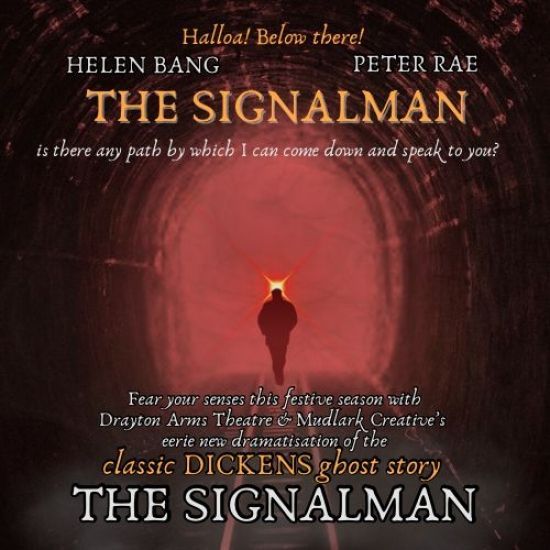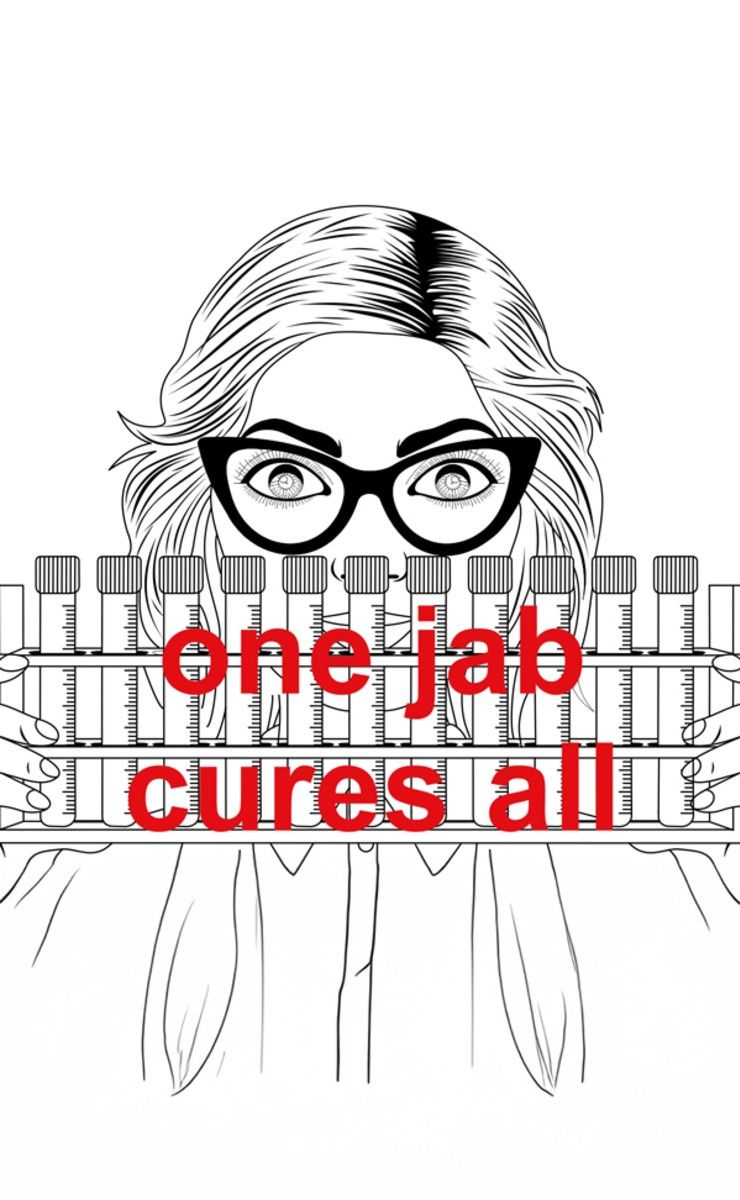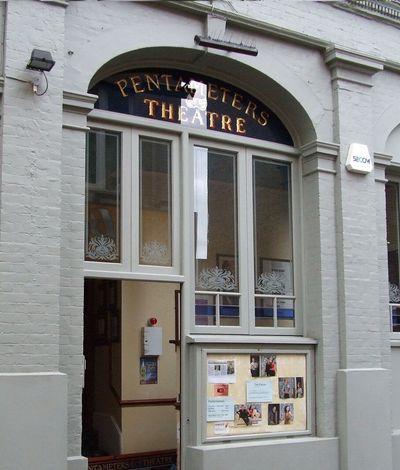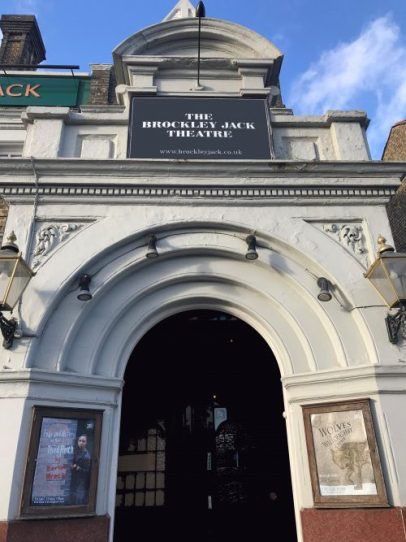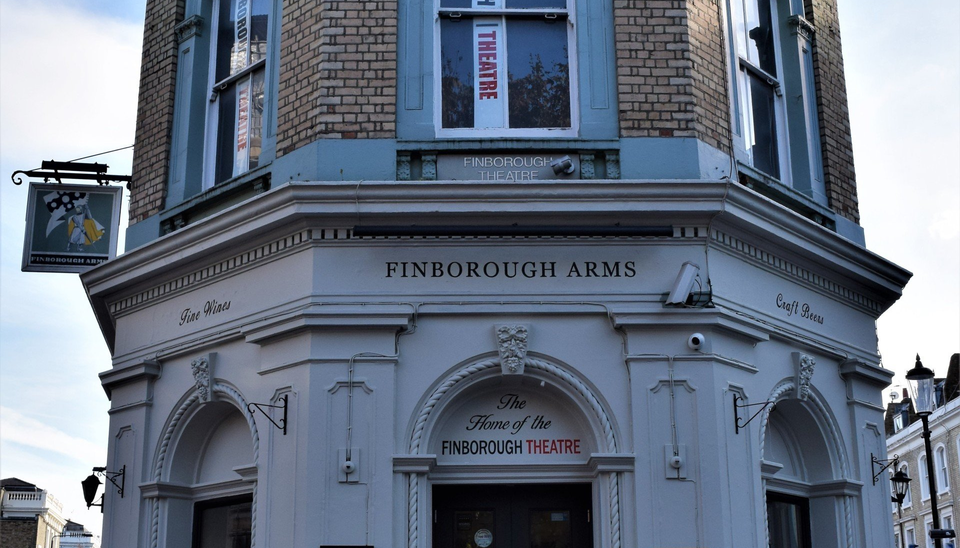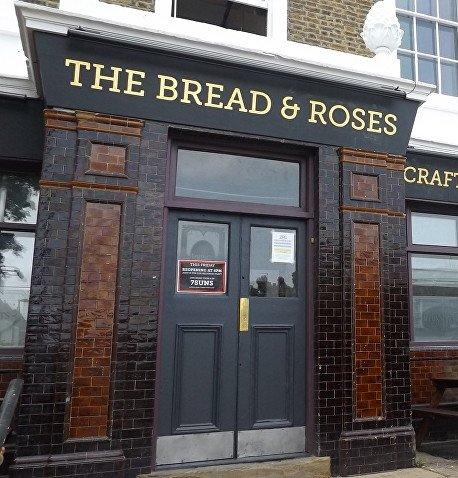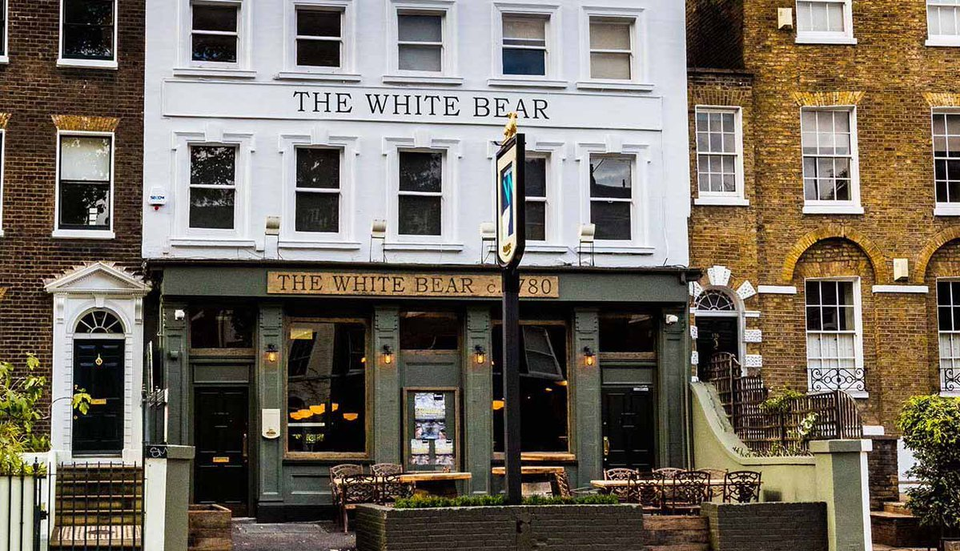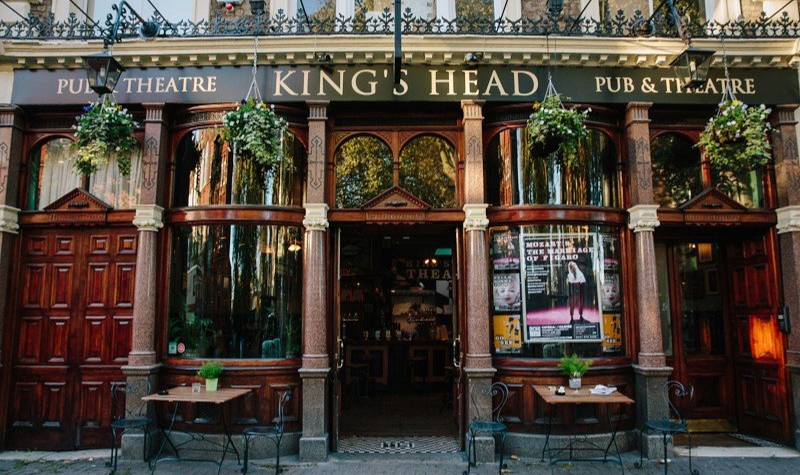Fixing the roof: The changing face of pub theatres
By Andy Curtis
There is an old story that, for me, epitomises pub theatre. It depends on who is telling the tale, but it goes something like this: Terrence Rattigan is in the toilets at the King’s Head Theatre in the late 1970s. The roof is leaking. In some versions he is whistling, in others tears are streaming down his cheeks. He is crying not for the state of the roof, but weeping tears of joy about a successful revival of his work. The man who had once ruled the west end had suffered decades in the critical wilderness, but now deservedly found redemption in a tiny theatre in the twilight of his life.
If we accept the veracity of the story, or at least its two key components, which are beyond doubt – the leaking roof and artistic credibility that can be found on the boards of a pub theatre – we see the familiar contrast in pub theatre between artistic brilliance and the challenges of a non-bespoke venue.
In this article we will explore the facilities of pub theatres, how they have changed and how it impacts on audiences.
A brief history of pub theatres
The unsuitability of a venue can be part of the fun. There is the not insignificant matter of being in a building full of drinkers. In some venues more than others there can be a disconnect between the punters of the pub and the theatre patrons. I heard of an actor in makeup stagger past baffled locals, staring at this bloodied figure, as he rushed past to make his cue. Yet it would be very short sighted just to see all these things as challenges. Pub theatres offer a unique experience, not least the intimacy of the venues.
There are currently around 20 pub theatres in London. It is hard to keep track of the rise and fall in the numbers. There have been notable arrivals in recent years, such as the Hope Theatre in Islington and the Bread and Roses Theatre in Clapham. Although there are antecedents of pub theatres that can traced back to Victorian times, the first modern pub theatre as we know it is credited as the Freemasons’ Arms in Hampstead in 1968 run by Leonie Scott-Matthews, who then set up the Pentameters shortly after, which she still runs today.
According to commentators, the importance of pub theatres in the UK theatre ecology ebbs and flows. In his overview of Modern Theatre in the 2000s, Andrew Haydon felt that a golden age of pub theatre had finished in the early part of that decade because of the rise of new (non pub) fringe theatres, such as the Arcola. Furthermore, writing in the Guardian 2017, Matt Trueman asserted that pub theatres were having an identity crisis because established theatres were producing more experimental work, although he seemed hopeful for the future. But the importance of pub theatre never really seems to diminish.
Pub theatres will always be home to emerging artists. The economics of pub theatres have been discussed elsewhere in the magazine, not least around payment for artists. Yet something that was highlighted was that cheaper spaces (often less specialised) can provide a home for riskier work and/or artists from backgrounds not fairly represented elsewhere. And well-known talent perform also in pub theatres and famous work can start there. A well-documented recent example is Fleabag, which originally emerged out of DryWrite’s nights at the George Tavern.
Performing theatre in a found space
Pub theatres are often located in the old function room of a pub. Yet in certain cases the spaces have been used for various ends, a pub theatre just being the latest. There are spaces that have a more chequered history than others. One pub theatre’s space hosted a brothel in Victorian times, according to legend.
Delving into the history of a particular venue can be fascinating. Karl Swinyard describes the journey of the space used by the Brockley Jack:
‘The Brockley Jack Pub was originally a coaching inn established over 150 years ago, and then rebuilt into a large Victorian public house and hotel in 1898. The upstairs rehearsal room was once the breakfast room for the hotel’s guests. As far as we are aware the theatre space has had many difference lives: it was a function room, a snooker room, a place for bands to play, dating back to the 1960s, and finally a theatre from 1992.’
The theatre just feels like the latest in a rich history of social and cultural activities at the venue.
By definition pub theatres are not purpose built for staging drama, yet the facilities can vary drastically. We may find ourselves on hard plastic chairs, like parents at a primary school play. And that is just one side of the stage. For the artists they may just have to make do. The lighting and other technical facilities can be basic. And for the actors, there are not always great facilities to change and prepare.
The summer companion of a leaking roof in winter is a suffocating audience, when in particular we might find ourselves asking ‘why are we here??’ as the thermometer hits 30 degrees (which can feel twice that inside the back room of a pub), and the sounds of summer revellers waft in. For veteran pub theatre audience members like me, memories of collection boxes for air conditioning at the Finborough remain vivid. This was the very theatre where I saw a person faint in the noughties and the production having to stop. The person was already familiar to the rest of the audience because she was loudly telling a story about High Street Kensington just as the play began (even the actors were laughing). Thankfully she recovered quickly, the show went on, and mercifully the fundraising target was reached soon after and the air conditioning installed. Likewise, the Brockley Jack fundraised for aircon:
‘We knew we had to do something and so mounted a fundraising campaign to help us provide a fixed aircon unit in the theatre. Several local businesses chipped in and their generous donations helped us towards the cost of the installation and equipment. It immediately made a difference to the shows that were on that Summer. We use it only when needed, but it really does help!’
Some other theatres haven’t quite reached this stage yet. During the Camden Fringe last year I saw a production where the theatre’s solution to the intense heat was to turn on (to use the technical term) ‘a bloody great fan’. Although it cooled the audience somewhat, it was astonishingly noisy. The fan’s relentless turning was reminiscent of the helicopter blades in in Apocalypse Now. Noise or ninety-degree heat, hum or humidity, what a choice.
But pub theatres evolve in different ways. Rebecca Pryle helped found the Bread and Roses Theatre space, originally a function room. She worked at the pub behind the bar so knew the space was empty most of the time and set about establishing the theatre. Along with co-founder Tessa Hart, she started using the space for pop-up theatre, before making it a permanent theatre. Initially they brought in lights, the stage, and curtains – the essential components of a theatre space. Although having a theatre in a pub can present logistical challenges, these are not insurmountable:
‘The pub is amazing, the owners are really supportive. The relationship we have with them is brilliant. We have live music downstairs. Working it out how that would work in the beginning was quite tricky. The music would have to start at a particular time. So that was tricky at first, but it has all been ironed out now. Because it is a multipurpose venue in some ways.’
Later editions to the Bread and Roses were sound proofing and converting an old cupboard in order for there to be another entrance onto the stage. But the theatre had aircon from the beginning. This means visiting (and in-house) companies are comfortable when they are rehearsing and teching, although it can get turned off during a performance.
For Karl at the Brockley Jack, rapid changes in technology have altered what you can do in pub theatres:
‘Technically things have changed greatly. When I first started working on the fringe lighting boards were manual and we used CDs for the sound designs, which meant they had to be re-burnt every time a sound cue changed! There’s been a huge leap in technology in a relatively short space of time, which allows lighting and sound designs in particular to become more ambitious. It’s great to offer designers equipment comparable to what they trained on, and that ensures sound and lighting designs can be flexible, detailed and complex.’
Maintaining pub theatres’ unique character
There have undoubtedly been massive changes to the facilities of many pub theatres. The White Bear Theatre has been run by Michael Kingbury for 30 years, starting in the back room of the pub, but, after the brewery wanted to redevelop the space, now has a purpose built theatre above the pub. The King’s Head Theatre is also planning to move to a purpose built theatre. But we have to be careful about falling into the trap of the Whig View of History – ie, that is a clear line of progression from a humble past to a more professional present. This is partly because, despite individual venues developing, new ones join the fray.
Yet as a particular venue, and pub theatres in general, improve facilities is there a danger of pub theatres losing their unique character? Pryle doubts change will be too drastic or overly tangible:
‘I personally don’t think so. Pub theatres usually have their character, even with upgrades. I can’t think of any that been totally transformed. You can do it up and make changes, make bigger changes. But some of the bigger changes you make the audience members aren’t going to clock those changes have been made. It is the companies that say “oh, this is a big change”’
Ultimately she feels that any significant alterations are dictated by finance, and that there simply isn’t the money in fringe theatre for fundamental refurbishment.
For many, the size of pub theatres is an asset. Pryle generally has feedback that the Bread and Roses is a nice, cosy space. And as Swinyard notes, intimacy is an essential part of the pub theatre experience:
‘The unique intimacy of pub theatre will not change. When you are in a studio space with 50 seats or so for many the theatre experience improves. All seats get to show the action close-up. But if we can provide technical equipment to enhance designs and productions, and an atmosphere in which actors and audience are comfortable, then we are able to both push boundaries with the work, and keep people coming back to experience it.’
Let’s face it, we don’t go to pub theatres for comfort. We go for the drama. To be honest we don’t notice uncomfortable chairs when the play is good. The intimacy and character of the venues are all integral parts of the experience and long may it continue.
READ ANDY CURTIS' ARTICLE
WHAT WILL PUB THEATRE BE LIKE WHEN IT REOPENS?
ANDY CURTIS is a playwright who regularly has plays performed in London fringe theatre. He graduated from three cohorts of the Royal Court Theatre’s Young Writers Programme.
@September 2019 London Pub Theatres Magazine Ltd
You may quote from this article provided you acknowledge the source
